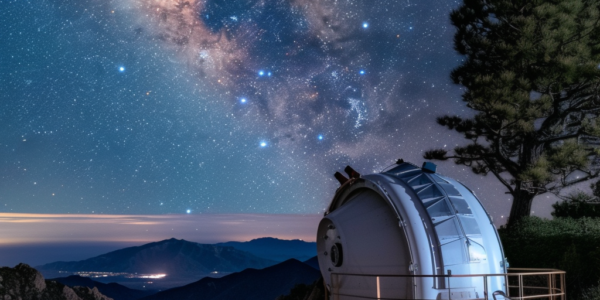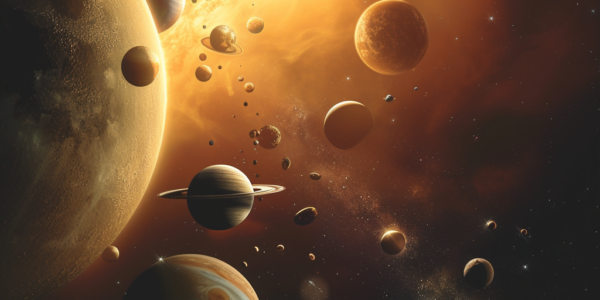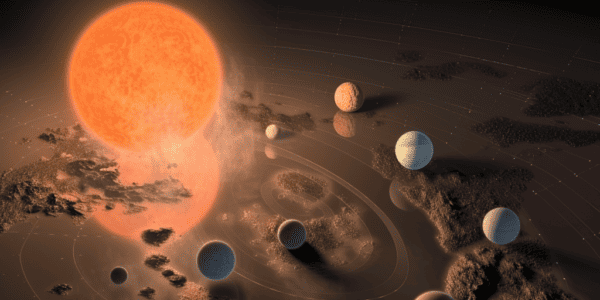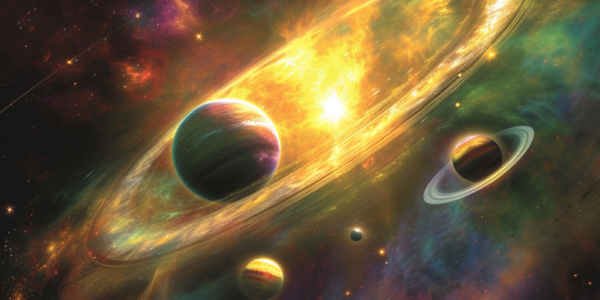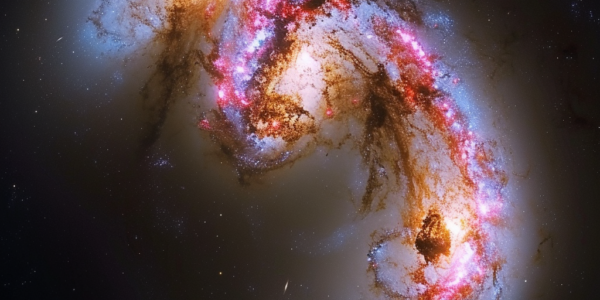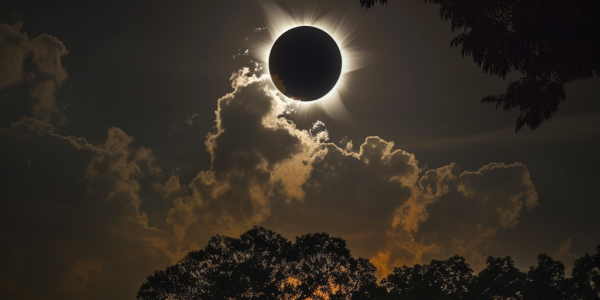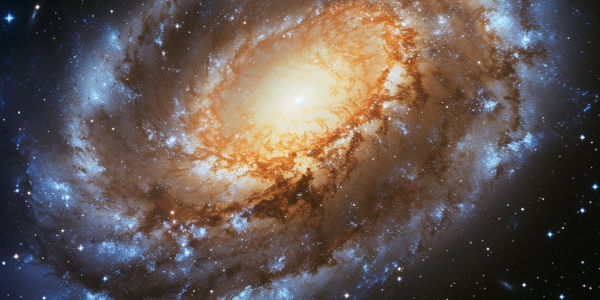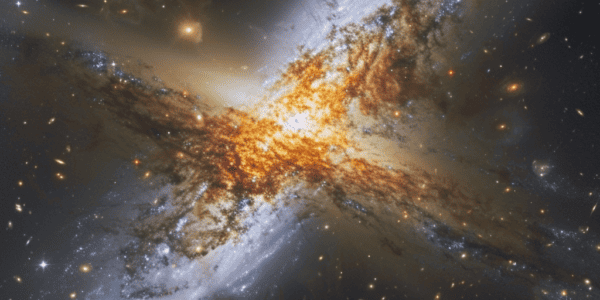Scientists Make Breakthrough in Study of Cannibalized Stars
Georgia State University’s Center for High Angular Resolution Astronomy (CHARA) Array scientists have made a breakthrough in the study of cannibalized stars. The research team led by Postdoctoral Research Associate Robert Klement completed a survey of stars suspected to have devoured gas from orbiting companion stars, directly detecting the feeble glow of the cannibalized stars. Published in The Astrophysical Journal, the findings shed light on the life trajectory of close binary stars, providing valuable insights into the dynamics of these star systems.
New Insights into the Mysterious Gap in the Size Distribution of Super-Earths
Recent simulations have shed light on the deviation of some planets from their original birthplaces, providing insights into the relatively low number of exoplanets with sizes around two Earth radii, also known as the radius valley or gap. Remo Burn, an exoplanet researcher at the Max Planck Institute for Astronomy (MPIA) in Heidelberg, and lead author of the article published in Nature Astronomy, highlighted the shortage of exoplanets with sizes around two Earth radii, a phenomenon discovered six years ago through a reanalysis of data from the Kepler space telescope. These findings open new avenues for understanding the dynamics of planetary systems and the factors influencing the size distribution of exoplanets.
Study Suggests Trappist-1 Planets Unlikely to Support Life
Recent study suggests that the likelihood of life existing within the Trappist system is slim, as the planets are more likely to be barren and stripped of their atmospheres. Red dwarf stars present unique challenges for habitable worlds, with intense solar flares subjecting nearby planets to high levels of X-rays and other hazardous radiation. Observations from the James Webb Space Telescope confirm the absence of significant atmospheres on the innermost planets, with computer simulations estimating rapid atmospheric evaporation on the outer exoplanets. The study underscores the challenges posed by the system’s proximity to a red dwarf star and sheds light on the harsh realities that may limit the habitability of planets orbiting red dwarfs.
Orbital Resonance: The Cosmic Dance of Planets in Harmony
Orbital Resonance: The Cosmic Dance of Planets in Harmony By Lexi Mural February 3, 2024 Planets orbiting their parent stars often exhibit remarkable patterns in their orbits, creating a mesmerizing gravitational dance known as orbital resonance. Recently, astronomers studying a…
NASA’s Hubble Space Telescope Captures Breathtaking Images of ‘Galactic Romance’
NASA’s Hubble Space Telescope has recently captured breathtaking images showcasing what the space agency refers to as a ‘galactic romance’. The stunning pictures depict cosmic collisions between galaxies, offering a mesmerizing glimpse into the captivating phenomena of celestial interactions. Shared…
February Skygazing: What to Expect in the Night Sky This Month
February skygazing: Here’s what you can expect to see in the night sky this month By Andrew Wulfeck February is a time period that astronomers are hoping quickly passes by as there are few significant events on the docket for…
Next Total Solar Eclipse Set for April 2024
Mark Your Calendars: The Next Total Solar Eclipse Is Happening in April 2024 Get ready to witness a celestial marvel! The next total solar eclipse is set to occur on Monday, April 8, 2024. This extraordinary event will mark the…
NASA Captures Amazing Photo of Spiral Galaxy UGC 11105
Top Headlines: Female Woolly Mammoth’s Lifetime Movements Tied to Ancient Alaskan Hunter-Gatherer Camp Meet Bustingorrytitan shiva, New Gigantic Titanosaur from Argentina NASA Announces End of Ingenuity Mission Fossil of Giant Triassic Amphibian Unearthed in Brazil Paleontologists Discover New Species of…
Groundbreaking Discovery of Multi-Planet Star System
Scientists have made a groundbreaking discovery of a multi-planet star system, offering a rare glimpse into the formation and behavior of planets around a newly formed star. The star, TOI-1136, is a dwarf star located in the Milky Way galaxy,…
Astronomers Discover Twisted ‘Train-Wreck Galaxy’ After Violent Galactic Collision
A team of astronomers recently made a fascinating discovery while studying the aftermath of a violent galactic collision. Using the Gemini South Telescope, the scientists investigated the twisted galactic disk of NGC 4753, a lenticular galaxy located around 60 million…

